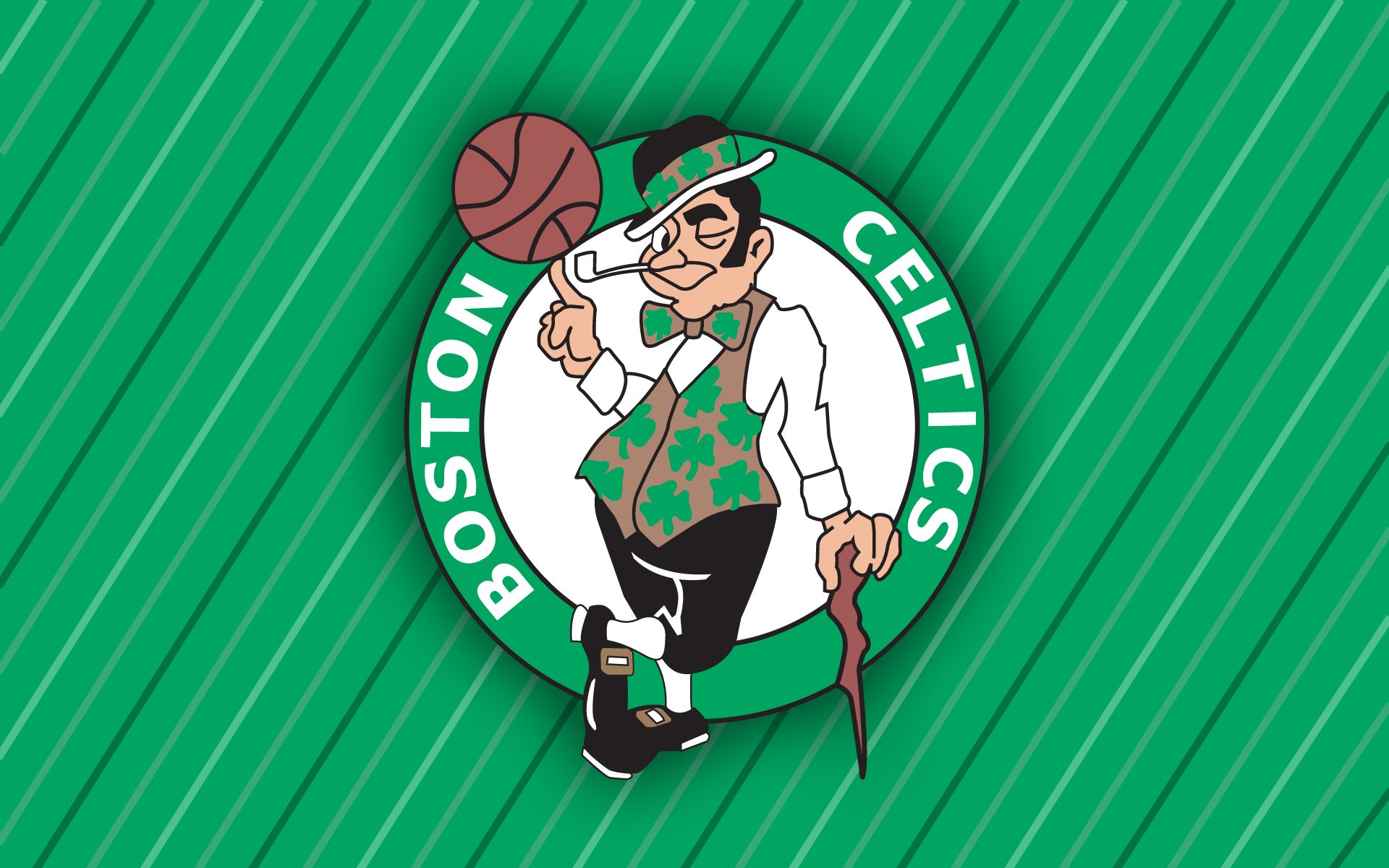
Ireland, a country rich in culture, history, and tradition, has influenced many areas of design, including logo design. The distinctiveness of Irish logo design is tied closely to the country’s past, with symbols and motifs often drawing from the national heritage, Celtic art, and mythology. However, Irish logo design also continues to evolve, combining traditional elements with modern trends to create logos that resonate with today’s audience.
In this blog, we’ll explore what makes Irish logo design unique, some of the key elements commonly used, and how designers balance tradition with contemporary aesthetics.
Ireland’s deep-rooted history and culture provide a treasure trove of visual inspiration for logo design. Many Irish logos feature symbols that hold cultural or spiritual significance:
The Celtic knot is perhaps one of the most recognisable symbols associated with Irish culture. It consists of intricate, looping designs that symbolise the interconnectedness of life, eternity, and the cycles of nature. Designers often incorporate these endless loops in logos to signify continuity, growth, and unity. The Celtic knot is also used to evoke feelings of tradition and heritage, making it a popular choice for businesses in the Irish tourism, hospitality, and cultural sectors.
The shamrock is another iconic symbol of Ireland, often linked to St. Patrick, the patron saint of Ireland. According to legend, St. Patrick used the three-leafed shamrock to explain the concept of the Holy Trinity to the Irish people. Today, it remains a symbol of Irish identity, good luck, and prosperity. Irish logos that incorporate the shamrock often exude a sense of national pride, while also representing good fortune and positive energy.
The harp is Ireland’s national emblem and a symbol of music, harmony, and Ireland’s ancient heritage. It has been used in many Irish logos to convey elegance, sophistication, and a connection to Irish history. The harp’s fluid lines also make it a popular motif in logo designs, offering a perfect balance between complexity and simplicity.
The Irish Wolfhound is a noble and ancient breed of dog that represents strength, loyalty, and courage. It is often seen in Irish logos, especially those associated with sports teams or businesses that wish to convey a sense of power and tenacity.
The typefaces used in Irish logos often carry a Gaelic influence, which adds a distinct and authentic Irish feel. The flowing curves and intricate detailing found in Celtic-inspired fonts make them stand out and capture the essence of Irish heritage. For instance, a modern interpretation of the Irish typeface may blend boldness with classic elegance, creating a look that is both contemporary and rooted in tradition.
While traditional Irish symbols are a natural fit for logo design, balancing these elements with modern design principles can be a challenge. Today’s brands seek logos that are not only meaningful but also simple, clean, and versatile.
The key to successful Irish logo design is simplifying complex symbols. For example, instead of a highly detailed Celtic knot, a logo might use a streamlined version that still conveys the essence of interconnectedness. Similarly, the shamrock may appear in a more abstract form, using geometric shapes or negative space to create a contemporary feel while maintaining its cultural significance.
The colour choices in Irish logos often pay homage to Ireland’s lush landscapes, with green being the dominant colour, symbolising nature, growth, and fertility. However, modern designers often explore other colour combinations, such as gold or silver accents, to convey luxury, elegance, or innovation. These nuanced colour palettes help ensure that Irish logos feel both relevant and timeless.
A great logo, Irish or otherwise, should be versatile across various media. This means that while symbols like the harp or shamrock may initially inspire intricate designs, the final logo often opts for simplified, recognisable shapes that remain legible and impactful across all platforms, from business cards to billboards.
Case Studies of Iconic Irish Logos
Perhaps one of the most famous Irish logos in the world, the Guinness logo combines timeless design with cultural symbolism. The logo incorporates a harp, which is synonymous with Irish heritage, while the typography maintains a clean, bold, and modern style. The logo’s simplicity ensures its effectiveness across various formats, and it successfully conveys the brand’s long-standing history and prestige.
Aer Lingus, the Irish national airline, uses a logo featuring a stylized shamrock. This classic emblem represents both Irish culture and the company’s global reach. The modern, sleek design of the logo ensures it’s memorable and effective, blending Ireland’s cultural pride with a forward-thinking approach.
The IRFU logo incorporates the Irish shamrock, a symbol of national pride, alongside a dynamic font that communicates energy and movement. This logo speaks to both tradition and modernity, reflecting the passion and competitiveness of Irish rugby while still embracing the country’s deep-rooted identity.
Irish logo design is an ever-evolving field where tradition meets innovation. Designers continue to draw from Ireland’s rich heritage, weaving cultural symbols and themes into modern, functional designs that reflect the nation’s global influence and contemporary relevance.
The next wave of Irish logos will likely see even more blending of heritage with contemporary aesthetics, focusing on minimalist designs, unique colour palettes, and innovative typography. As Irish brands continue to expand internationally, we can expect the visual language of Irish identity to resonate in diverse ways, making Irish logos as distinct and meaningful as the country itself.
Whether you’re designing a logo for an Irish brand or simply inspired by the country’s history and culture, the key lies in creating something that feels both timeless and relevant — honouring the past while embracing the future.